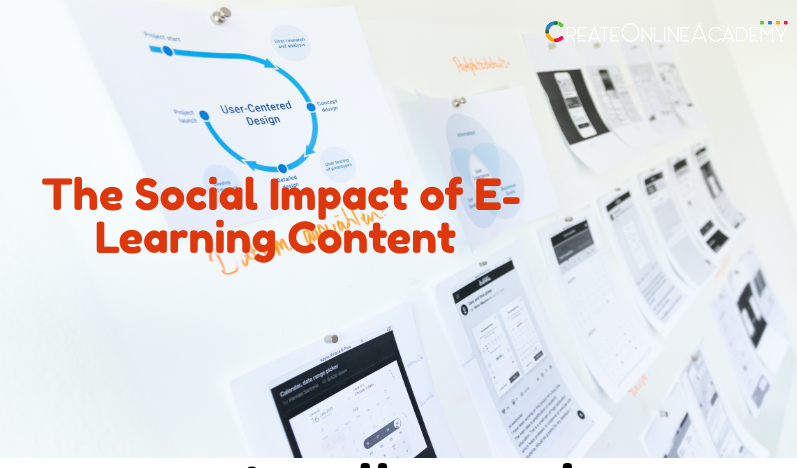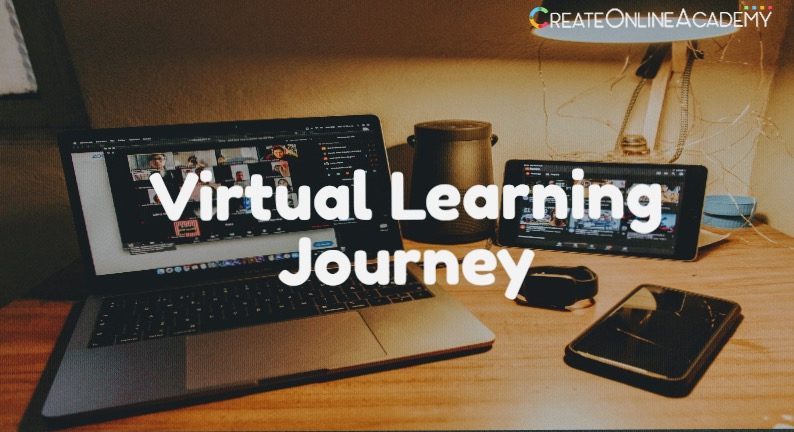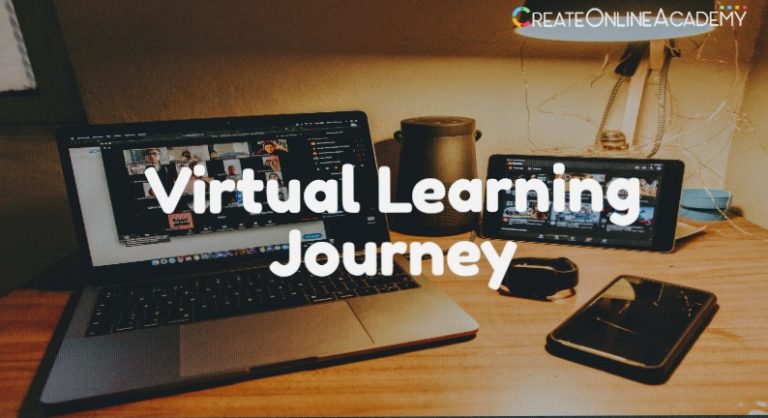Ultimate Ways of Socializing E-Learning Contents

The role of content is immense when it comes to e-learning. In a typical online learning setup the learner is completely dependent on the nature of content shared in the platform since face-to-face interaction with the teacher is not always an option.
In a typical eLearning module, the content is usually provided by a subject matter expert. It is then used by an instructional designer to bring about the desired eLearning outputs. With the advancement in technology and the development of language design content, availability has versatile formats and platforms. This has empowered learners to gather, assimilate, and personalize the content.
User-generated content-
People can publish their relevant content without having to own a platform and going through all that complex process. Lagging in the field of learning could no longer go on. The emergence of the concept of social learning is a step ahead of traditional eLearning where uses must learn alone. The concept of user-generated content goes one step further. Here the user is the learner can also generate their favourite learning content which can also help others learn. It is like an open platform through which users can publish their own content. Build a learning community that contributes to learning.
An example of sales training will be a goof. In a traditional setup, users will log onto LMS and consume the content provided by the subject expert and try to learn from that. On the other hand, in a user-generated content setup, the user will publish their gathered content as well. The gathered experiences and ideas will be accessible to other users to learn from.
Sometimes the aggregate of the content can be user-generated. Although the concept started off with informal learning, it rapidly started gaining popularity in informal learning too. This is applicable in both the academic and corporate worlds. To understand the reason behind its popularity informal learning we must look at how corporate learning works. In the typical corporate or industrial scenario, experience counts more than theory.
Let’s again take a sales training example. Typical content on ‘how to sell’ will become much more practical and interesting if someone puts their actual experience in the field and gives insight into how things work.
Advantages
This gives UGC a distinctive advantage over traditional eLearning over traditional eLearning. Let us give a read to some of the key advantages of UGC in a corporate eLearning scenario.
I) Increases user-friendliness:
The reason behind USG being so user-friendly is because it was created by the users themselves. Hence the users feel more comfortable and familiar with the content. Instead of writing from an expert, UGC can appeal to the users more.
II) Increases engagement and satisfaction:
The users actively participate in the teaching and learning process. In the case of UGC, the engagement is remarkably high, which results in better motivation and learning outcomes. In addition, the users also get the satisfaction of being heard and recognized for their efforts in learning.
III) More pertinent:
When the content is being generated by a fellow user, other user finds it more relevant and can easily engage with the content. Users know that one of their official colleagues has an idea about the generated content, from their personal experience which is more relevant to their field of work. Thus, the relevance of the content becomes more obvious to users.
IV) Higher acceptability:
UGC is found to be more acceptable by the users owing to its relevance in the day-to-day application of the concept in their jobs.
V) Increased learning culture:
The UGC moves users from passive learning to active learning. This fosters a learning culture among the employees and actively takes part in learning and knowledge sharing.
The cons user-generated content
Despite all these advantages, UGC has got some disadvantages as well.
I) User dependency:
Not all the users who are involved are active participants, this could lead to prejudiced content where just a few users would display their thoughts and content.
II) Authenticity of content:
The authenticity and reliability of the user-generated content can be an issue. Although this can be mitigated by moderation by an expert, this will also consume the time of an expert in moderation. Moreover, moderation will be required as a continuous process, thus increasing dependency on the expert.
III) Depending on USG solely:
This will create a skewed perspective, as users will post content of their choice, leaving out the areas of the curriculum.
Conclusion
UGC, if used wisely, can be a great step ahead in the eLearning industry in terms of user engagement and experimental learning. It requires more research as well as training and careful monitoring to reap the true benefits.









